Kilimanjaro National Park : Majestic snow-capped peak, rich wildlife, challenging hiking trails
Trek the Legendary Path to the Clouds
Kilimanjaro National Park encircles Mount Kilimanjaro, the tallest peak in Africa and the highest free-standing mountain in the world. It is situated just east of Arusha and north of Moshi. Rising to 5,985 meters, Mount Kilimanjaro is renowned not just for its summit but for the rich natural environments along its slopes.
Climbing Kilimanjaro offers a journey through distinct climate zones, starting from the savannah at the base, through lush montane forests, to the stark alpine desert near the peak. These varied landscapes are home to diverse species including elephants, leopards, buffalo, and the rare Abbot's duiker, plus smaller animals like baboons and colobus monkeys.
Bird watching is a major attraction here, with Kilimanjaro National Park hosting over 150 bird species, including unique birds like the white-necked raven and the African pygmy kingfisher. This makes it a perfect place for Kilimanjaro Safaris.
Apart from climbing, you can engage in activities such as nature walks, wildlife viewing on the lower slopes, fishing for trout, or visiting the scenic Chala Crater Lake. Whether you’re here to tackle the summit or enjoy a Tanzania Safari Tour, Kilimanjaro National Park offers ample opportunities to connect with nature.
Highlights
- Summit Success: Climb to Africa’s highest peak, Mount Kilimanjaro.
- Diverse Climates: Traverse ecosystems from tropical rainforests to arctic-like summits.
- Scenic Trails: Stunning trekking routes with breathtaking views.
- Unique Flora: Encounter rare plants like the giant groundsel and senecio.
- Glacial Beauty: Witness the majestic ice fields and glaciers at the summit.





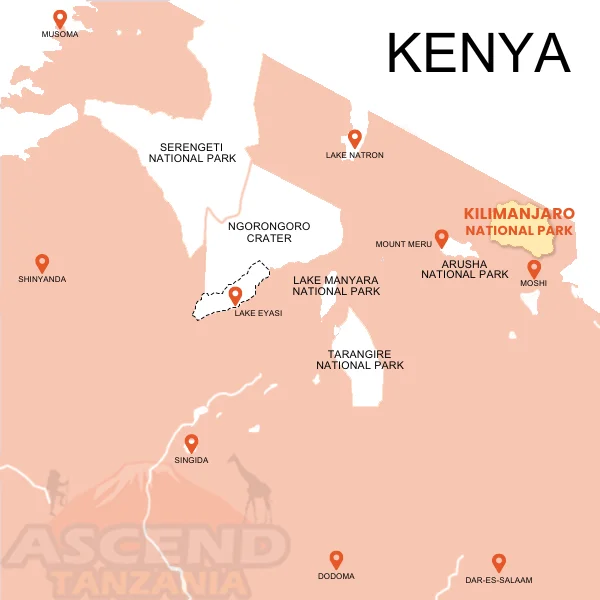

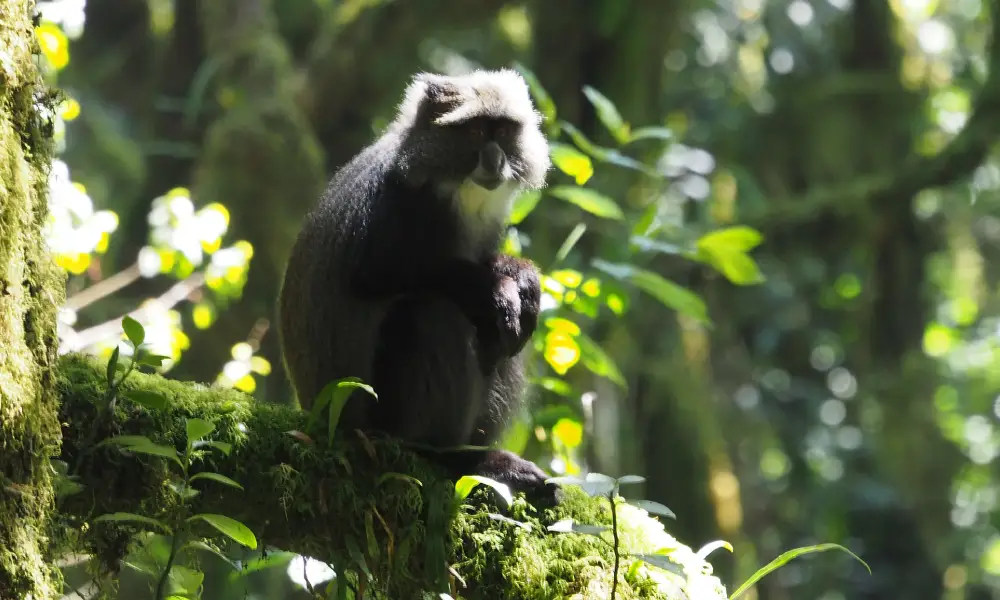

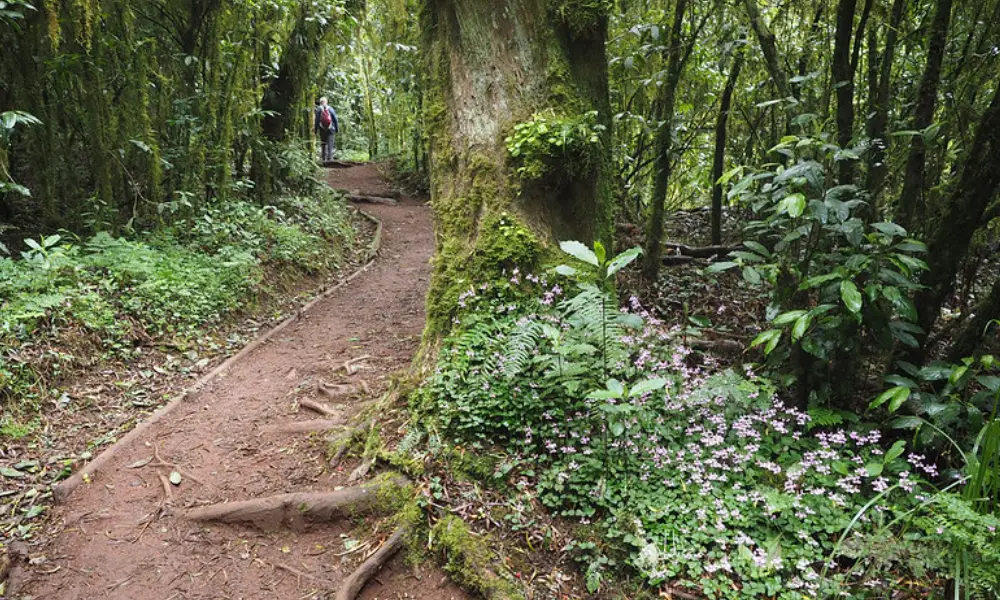






 Customize Safari Packages
Customize Safari Packages 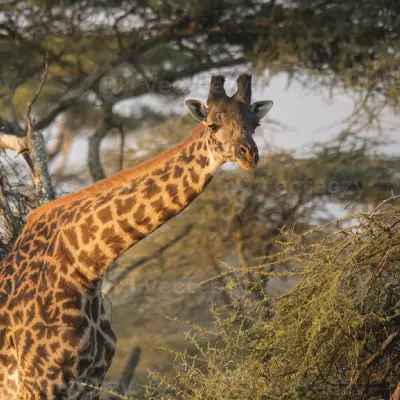
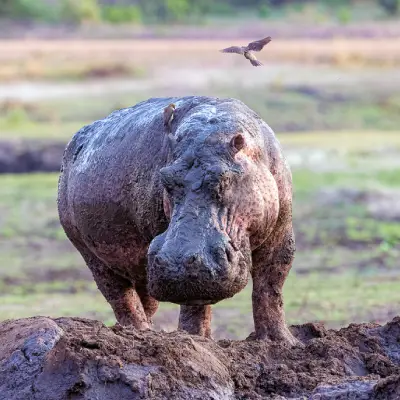

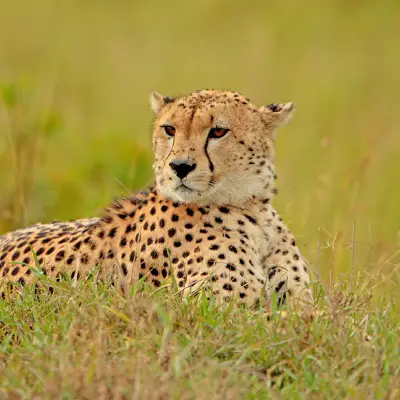
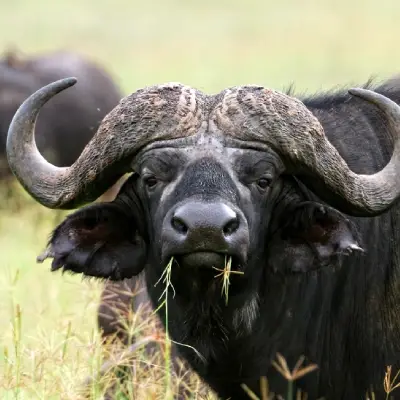

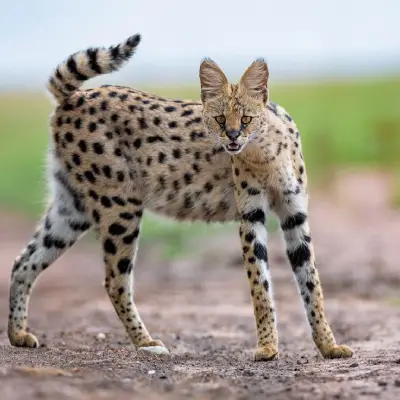


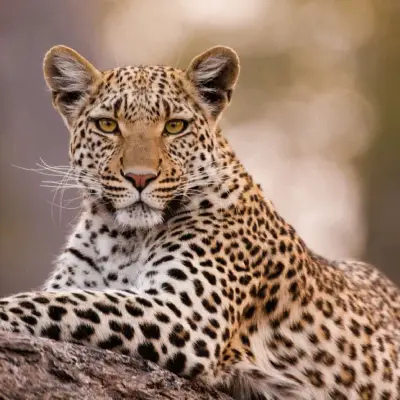
 22°C
22°C 65MM
65MM



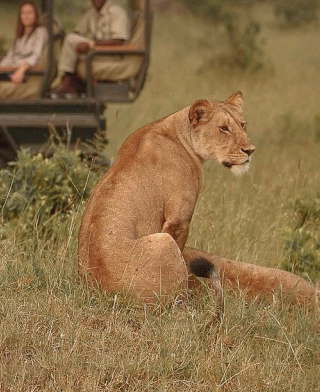
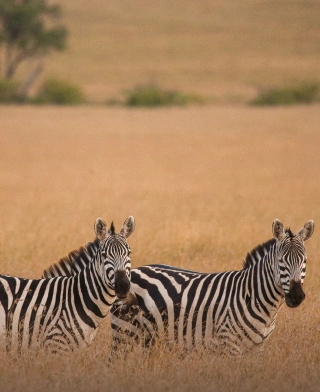
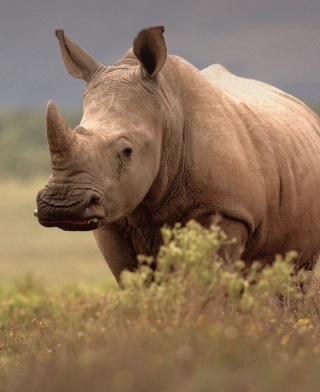





















"Excellent Company To Climb With"
I booked my Kilimanjaro climb (6 Day Machame route) with Ascend Tanzania because I was travelling solo and on a budget
Read Reviews